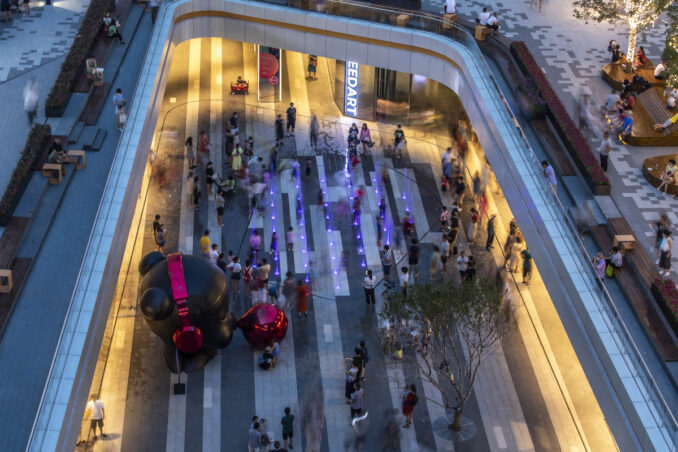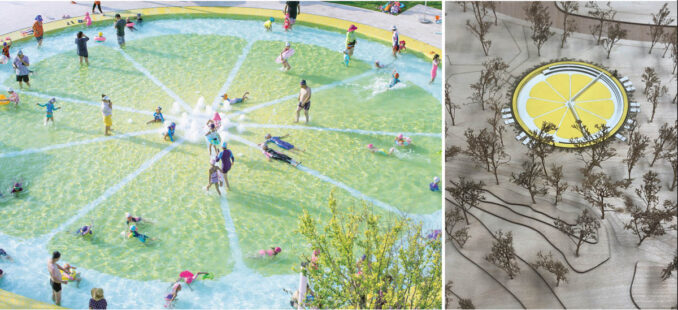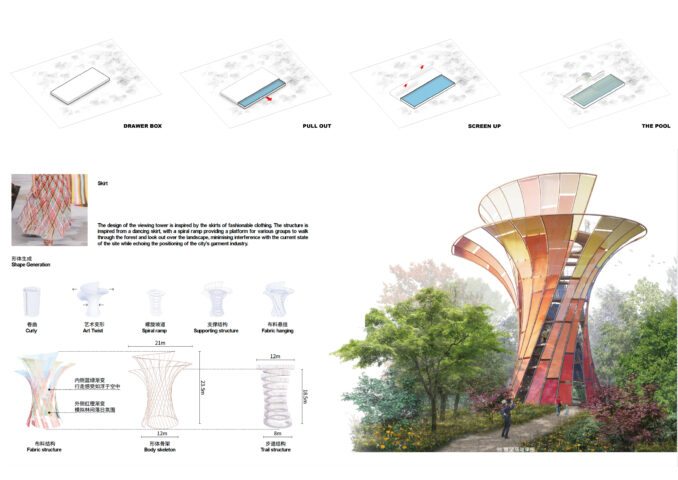
Ying Lou has 18 years of professional experience in landscape planning and design. Before founding Instinct Fabrication, Mr. Lou Ying received a master’s degree in landscape architecture from Louisiana State University in the United States and had extensive working experience in international firms such as AECOM San Francisco and EDSA Fort Lauderdale. He is also a member of the American Association of Landscape Architects and taught landscape practice at Peking University, Beijing.

Mr. Lou Ying has led the design effort in many world-known projects, including the streetscape design of Jumeirah Palm Island in Dubai, the roof garden design of Shangri-La Hotel in Manila, Philippines, Wangjing Walk in Beijing, Dongguan Songshan Lake Public Realm Restoration in Guangdong, China, etc. Winning several international awards, his company, Instinct Fabrication, was also selected as one of eight design studios in the book ‘New Horizon – Eight Perspectives of Chinese Landscape Architecture Today,’ ASLA Book of Year- 2020.
Ying Lou’s design philosophy emphasizes interactive experience in public spaces, public engagement, and integrating nature with design simplicity.

Why did you become a landscape architect?
The living environment is essential to our daily lives, and probably no other profession than landscape architects could play a key role in improving our physical outdoor world by implementing ideas from our minds into vivid spaces at various scales.

How do you start the design process?
My design process normally starts with inventory and analysis of site conditions, specific client expectations, and the budget. To me, these are among the best sources for finding unique and reasonable design solutions for a project.

What is your approach to landscape design?
I believe in diagramming/mapping and modeling tests as dual tools to generate and verify your concept/ideas/solutions. Most of our projects would start with a series of diagrams(circulation, demographics, topography, hydrology, land use, vegetation, etc.) to overlay key layers of a project. That helps visualize the potential framework of the design/master plan at an early stage. As the design is more developed, modeling key nodes of the site to verify scale, textures, and overall context is critical and consistent in our practice, from the schematic design stage down to the construction documents.


What is the most rewarding part of being a landscape architect?
To me, positive feedback from clients and/or ultimate users is probably the most rewarding part, which can help me overcome setbacks and difficulties in my career.
What is a key issue that is facing the landscape architecture profession?
I guess it’s the rapidly evolving technologies and lifestyles in some countries. Landscape architects must envision what could happen tomorrow, just like AI has been an inevitable part of our lives. How does landscape design embrace it, and how will it affect the design process and our lifestyle? It seems like a lot of unknowns but potentials there.

How do you see the future of landscape architecture?
Worldwide, it is still promising, I believe. As I said earlier, our living environment is not stagnant, so landscape architects will always have some ground to improve. It might keep being resized and reformatted as a profession to adapt to the changing world. But I guess there might be landscape design on Mars in the near future.
